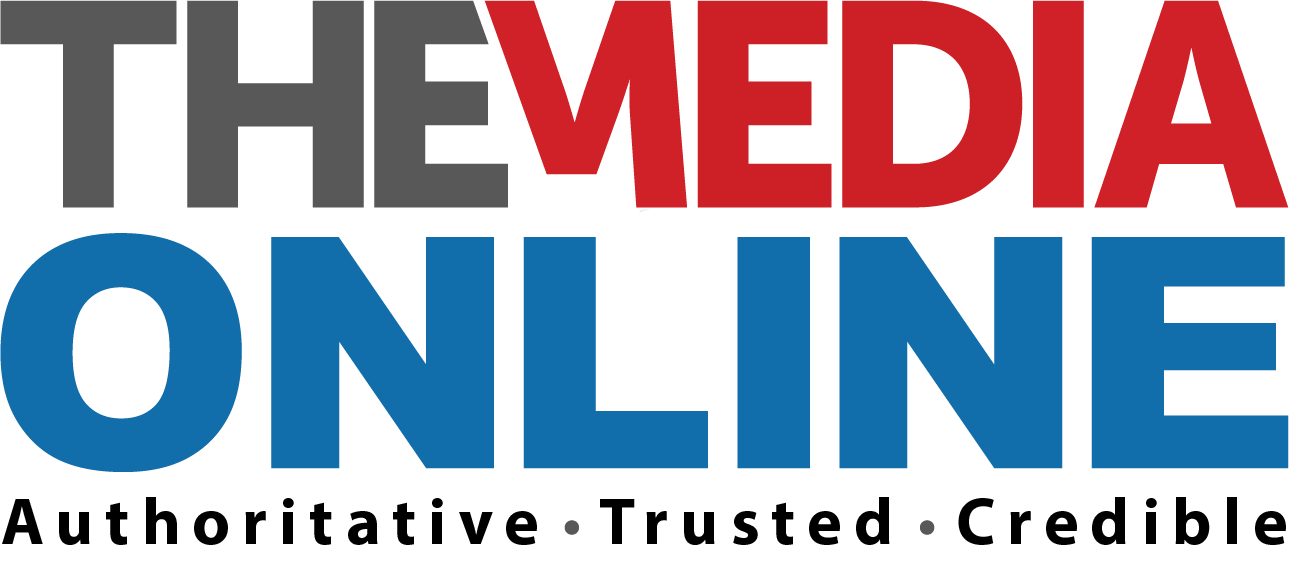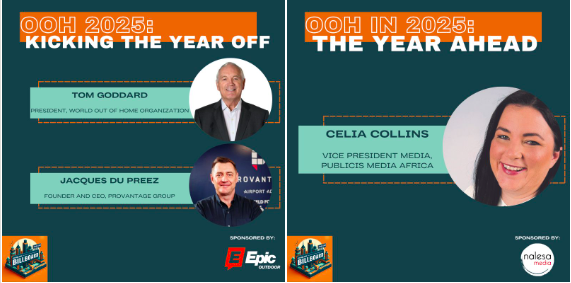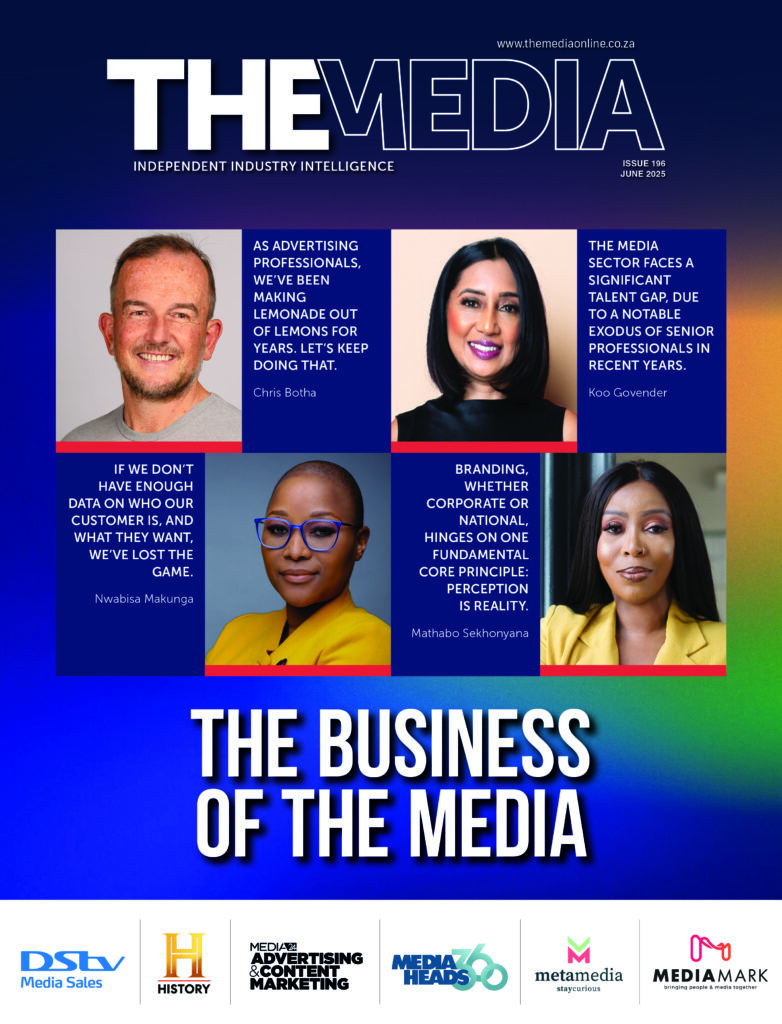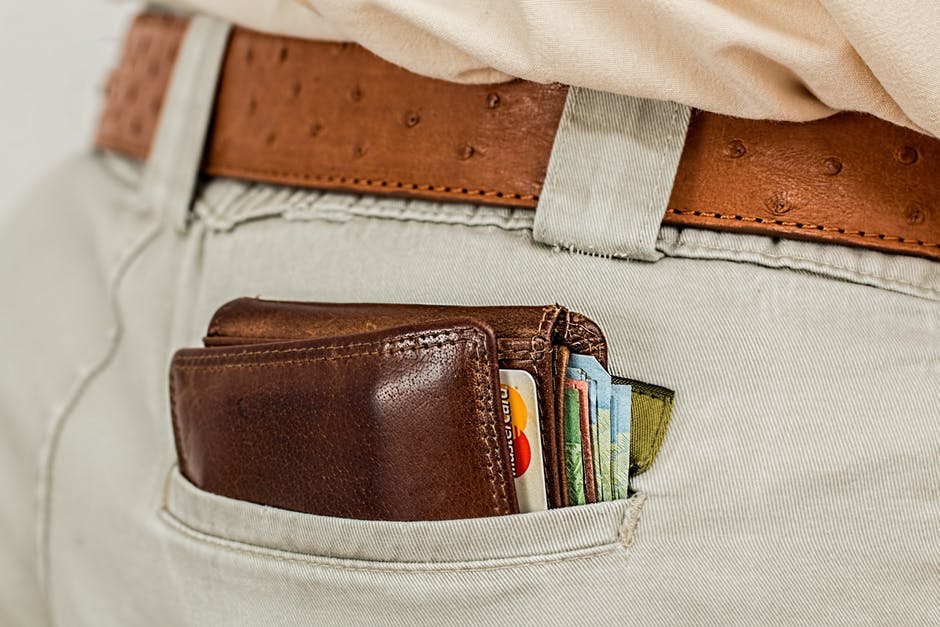The country’s out-of-home (OOH) sector is evolving rapidly, bringing a mix of power, possibility and pressing challenges.
Kirsty Carlson and Livia Brown, hosts of the Beyond the Billboard podcast, take a SWOT overview of what we can expect in the out of home environment in 2025.
Strengths
- New place-based digital networks are reshaping the landscape and options available. From Virgin Active gyms (Reveel) to padel courts (Epic Outdoor, Relativ) and more. OOH is reaching audiences in high dwell-time, high-affinity environments.
- More impactful anamorphic and 3D DOOH is being implemented, across various format sizes, and environments are opening up doors for brands to draw consumers in.
- Increased investment in classic/traditional OOH, following a call by Tom Goddard, President at World Out of Home Organisation (WOO) to the industry globally, to “awake the sleeping giant”.
- Data accessibility and availability is growing, too. With OMC Road 2.0 measuring over 50% of roadside media and looking to add new environments, plus notable players like AllUnite, Luxon, TapTap, IRL Consulting and Vicinity with additional data offerings, OOH is becoming more measurable and effective – for both planning and reporting.
- Research continues to prove its value. BrandMapp shows 76% of South Africa’s consumer class recalls OOH, and Kantar ranks it as Gen Z’s top channel. And as per Chris Botha’s media inflation watch post: OOH is becoming a more effective buy in SA vs other mediums.
Weaknesses
- With great growth comes complexity: The sheer volume of data, varying methodologies, and a widening skills gap results in mean measurement still being misunderstood and therefore not always utilised, or utilised incorrectly.
- Add to this the sector’s fragmentation, with 350+ media owners in play and it’s an overwhelming space for buyers to navigate.
Opportunities
- OOH has always been future-focused. From gamification to AI-driven dynamic content, innovation is ripe for the picking.
- More dynamic pDOOH and OOH gamification, AI dynamic creative and deeper audience engagement tactics remain largely untapped in SA, offering massive potential for brands willing to push boundaries.
- There is opportunity for more owner collaboration, across mediums or channels and within the OOH sector. Consumers don’t see OOH in isolation and, when building a strategy, OOH is seen as a channel amongst the touchpoints and other channels. More media suppliers that start offering combined packages across platforms could potentally see more growth.
Threats
- Low barriers to entry for suppliers fuel clutter and inconsistent quality: Gauteng alone saw 115+ new sites in six months and 100 screens in South Africa in one year.
- The boom means greater possibility of issues in DOOH scheduling, execution, monitoring and reporting. Third party DOOH verification is becoming more important.
- Poorly maintained structures, unlabelled sites, and generic service responses from vendors undermine the sector’s credibility. Clutter also deters client spend.
To thrive, OOH must double down on quality, measurement, and innovation because the demand is there, and the future is bright for those who deliver.
Beyond the Billboard’s Livia Brown and Kirsty Carlson are senior thought leaders in the OOH industry: Brown owns What3Things and Carlson is the founder of Synapse Media.















